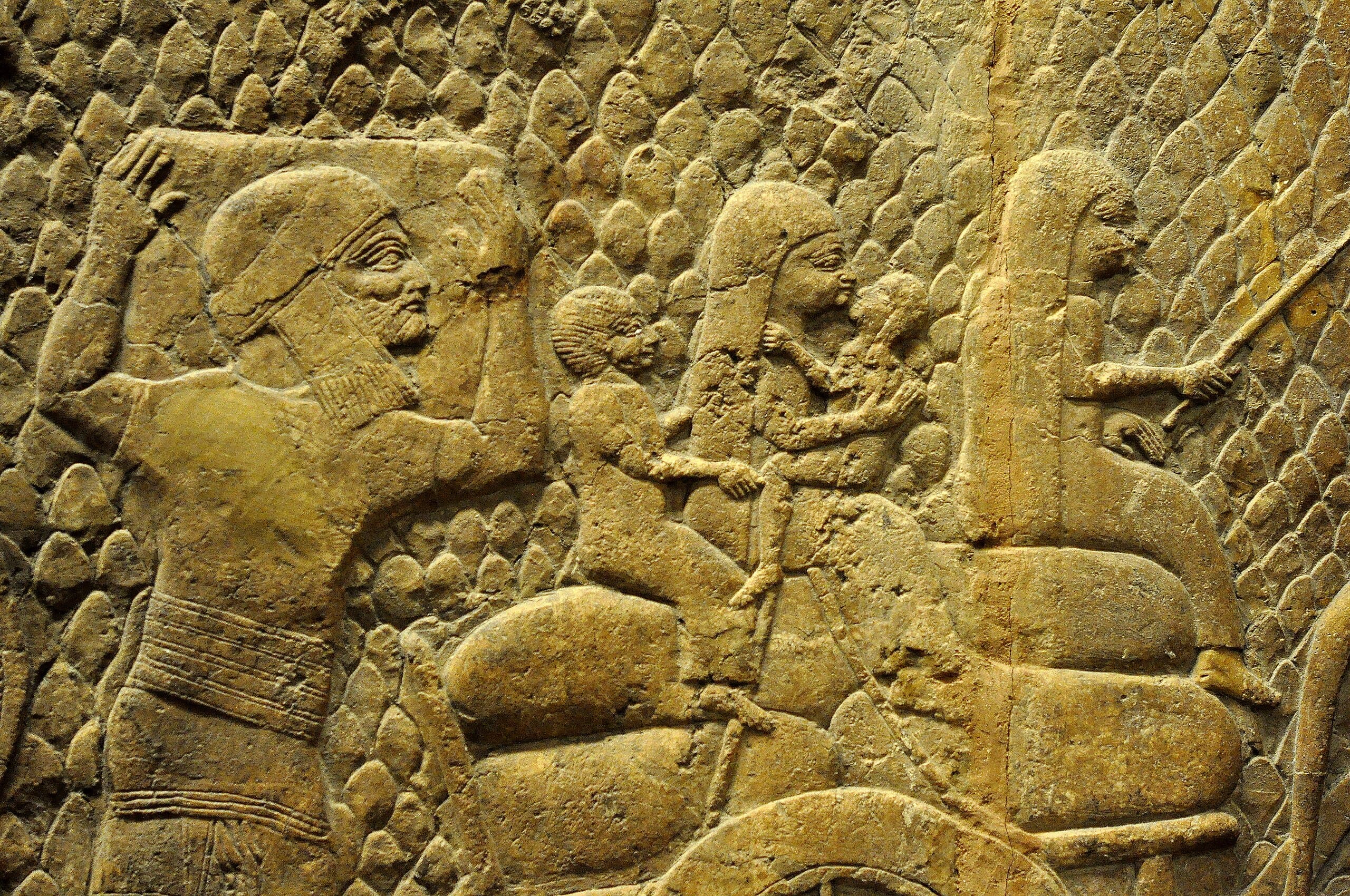Were the Israelites the Cimmerians of Ancient Greek Records?
Source: GreekReporter.com

According to a controversial theory, the Israelites of antiquity and the Cimmerians from ancient Greek records were one and the same. The Cimmerians ravaged Anatolia in the seventh century BC and famously caused the downfall of the Phrygians. Why do some scholars believe that the Cimmerians were the Israelites, and does this theory have any basis in fact?
What connects the Israelites to the Cimmerians?
The Israelites were the inhabitants of the kingdoms of Israel and Judah—located between Syria and Egypt—in the Iron Age. The Cimmerians were primarily a nomadic group that fought against the Assyrians and ravaged large portions of Anatolia in the seventh century BC.
On the surface, there does not seem to be much of a connection between the two, aside from their both being active in the Near East during the Iron Age. However, according to some scholars—even as far back as the nineteenth century—the Cimmerians were actually the Lost Tribes of Israel.
The primary basis for the idea that the Israelites and the Cimmerians were actually the same group of people lies in the name used for the Israelites in Assyrian records. They were called the ‘Khumry.’ This bears a definite similarity to the name of the Cimmerians in Greek records. Their name, in Greek, was ‘Kimmerioi.’
How the Israelites supposedly became the Cimmerians
If the similarities ended here, then it would be easy to dismiss this theory. However, proponents of this connection highlight the historical context of the appearance of the Cimmerians.
In the eighth century BC, the Assyrians attacked and devastated the Kingdom of Israel. They completely destroyed it and deported the population. Accounts of this deportation appear in the Bible andAssyrian records.
The Bible contains a description of the various locations in the Assyrian Empire to which the Israelites were deported. Some of these locations were to the north of Israel in or near the eastern portion of Anatolia.
This is particularly notable because it coincides almost exactly with the first recorded appearance of the Cimmerians in Greek records. These records, such as the writings of Herodotus, explain that the Cimmerians emerged in eastern Anatolia and began campaigning westwards at about the end of the eighth century BC.
Thus, on the one hand, we have the Israelites, referred to as the Khumry by the Assyrians, who had recently been deported and left without a proper homeland, cast into Eastern Anatolia. On the other hand, we see the emergence of the similarly named nomadic Kimmerioi appear in that very region at precisely that time.
Based on this evidence, could the Israelites really have been the Cimmerians?
Why the names ‘Khumry’ and ‘Kimmerioi’ aren’t linked
Even with the best of intentions, it is not possible to directly connect the names ‘Khumry’ and ‘Kimmerioi.’ To understand why, we first need to understand why the Assyrians referred to the Israelites as the ‘Khumry.’
This is simply the Assyrian rendering of the Israelite personal name ‘Omri.’ It was the name of a powerful Israelite king in the tenth century BC. Because he was so influential and well known to the Assyrians, they continued to associate his name with the Israelites long after he had passed away.
In fact, the Assyrians didn’t refer to the Israelites merely as the ‘Khumry.’ They actually used the term ‘Bit Khumry,’ which means ‘House of Omri.’ In other words, it was a designation that primarily applied to the dynasty of kings from the northern Kingdom of Israel. It was equivalent to the term ‘House of David,’ which referred to the dynasty of the southern Kingdom of Judah.
Now that we understand why the Assyrians used this term, it becomes immediately obvious that it cannot be connected to the Greek ‘Kimmerioi.’ This was not a name the Israelites used for themselves. In fact, no nation apart from the Assyrians used it.
Therefore, the Greeks clearly were not in a position to know this term. They lived hundreds of miles west of the Israelites. How would they have come to call the Israelites by a term used by the Assyrians, hundreds of miles in the opposite direction?
Such an idea is clearly untenable. Indeed, there is no evidence that the Greeks ever knew of King Omri. Furthermore, there is also no record of their ever using the term ‘Kimmerioi’ explicitly in reference to the Jews.
Confirmation that the Israelites were not the Cimmerians
Additional confirmation of the fact that the Israelites and Cimmerians were not the same group of people comes from two sources. Firstly, Assyrian records themselves refute this connection. What we also need to know is that the Cimmerians do not appear only in Greek records. The Assyrians mention them as well.
In Assyrian records, the Cimmerians appear as the ‘Gimirri’ and ‘Gimirraya.’ This stands in complete contrast to the ‘Bit Khumry’ the Assyrians used to refer to the Israelites. The Assyrians never placed ‘Bit’ before ‘Gimirri,’ and conversely, they never used ‘Khumry’ alone. Additionally, there is no range of spellings between ‘Khumry’ and ‘Gimirri.’ Therefore, the evidence from Assyrian records makes it abundantly clear that the Cimmerians and Israelites were separate nations.
The second confirmation comes from the Israelites themselves. In their sacred writings, the Cimmerians are represented by a figure named Gomer, who was allegedly their ancestor. Yet the Book of Genesis presents Gomer as a descendant of Noah’s son Japheth, while the Israelites trace their lineage to Noah’s son Shem.
Thus, it is clear that the Israelites did not consider the Cimmerians part of their nation. In fact, they did not even view them as close relatives. Thus, the Israelites and the Cimmerians were, as all the evidence indicates, completely separate peoples.
The original article: belongs to GreekReporter.com .
